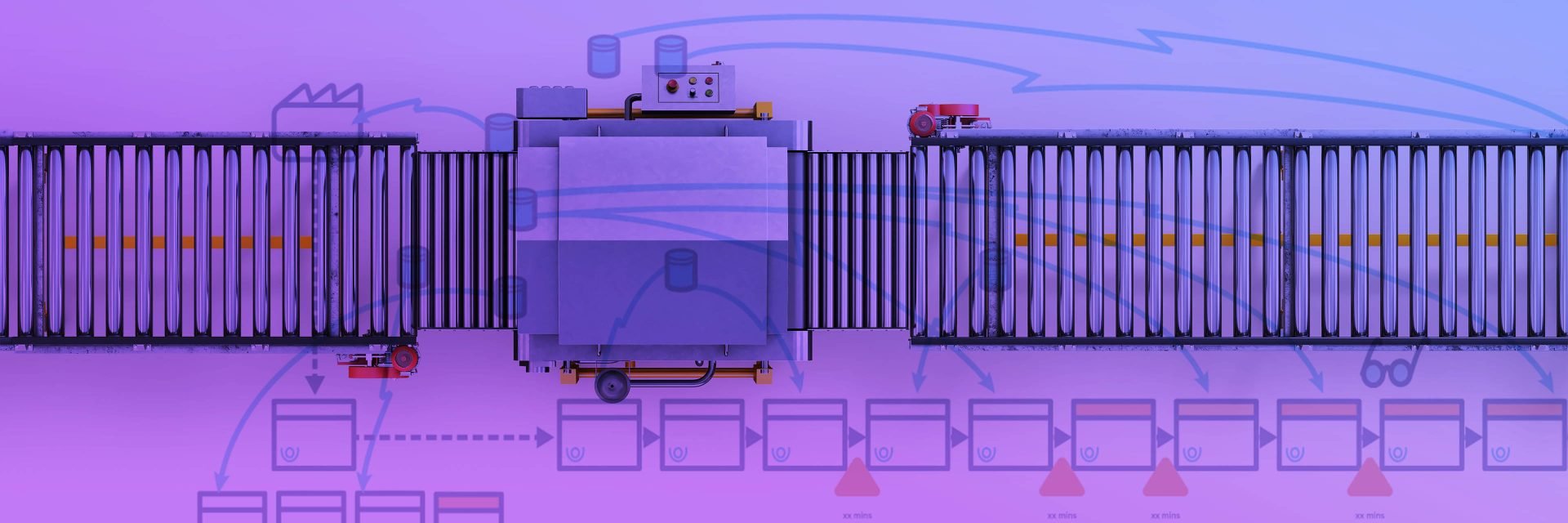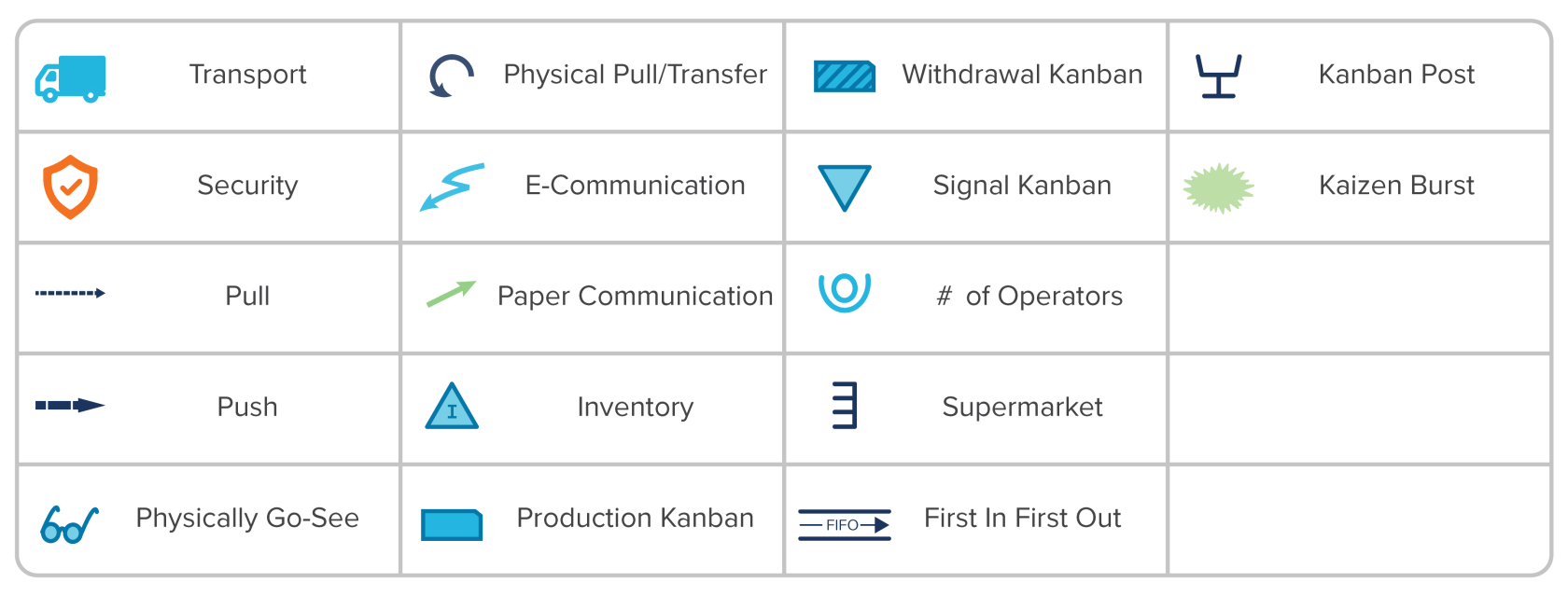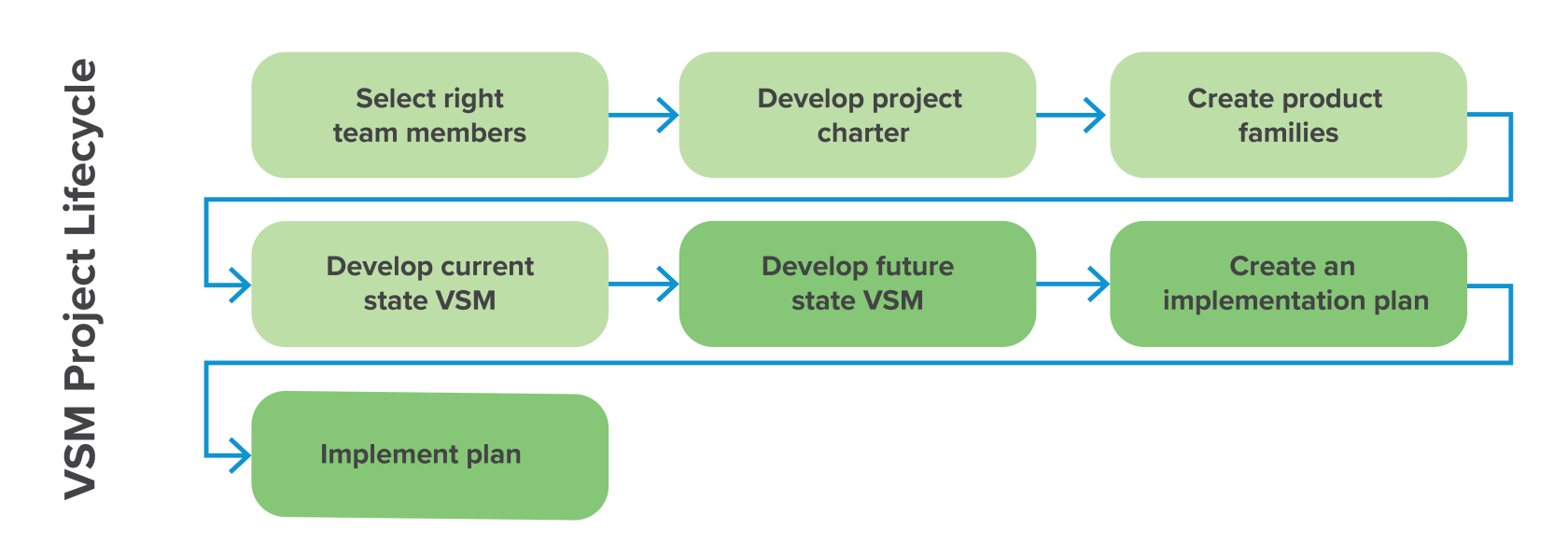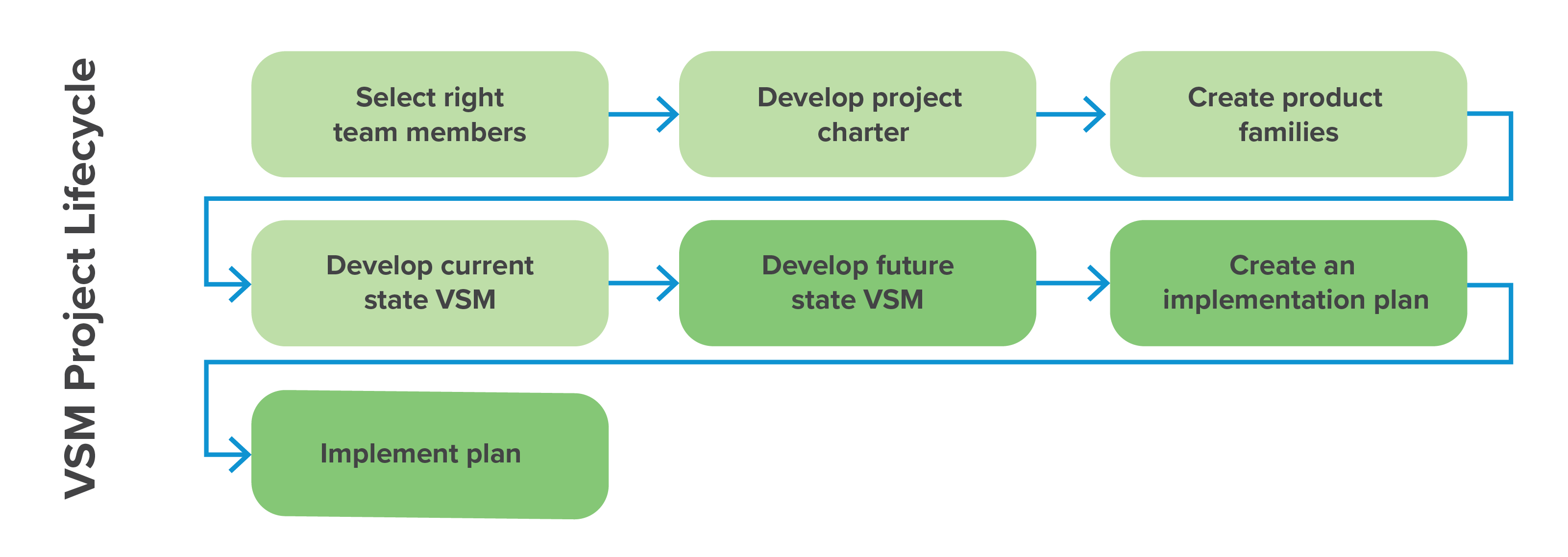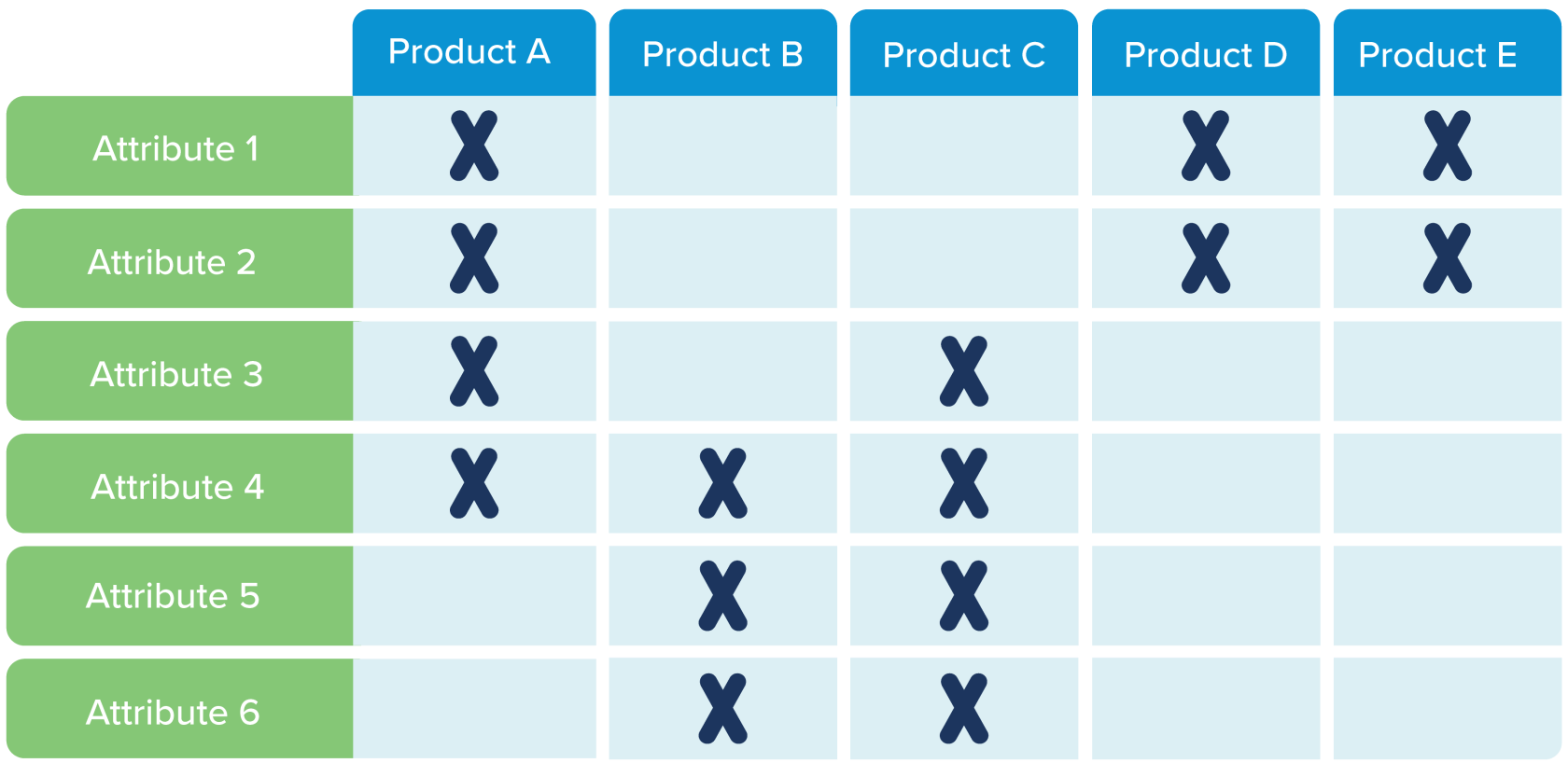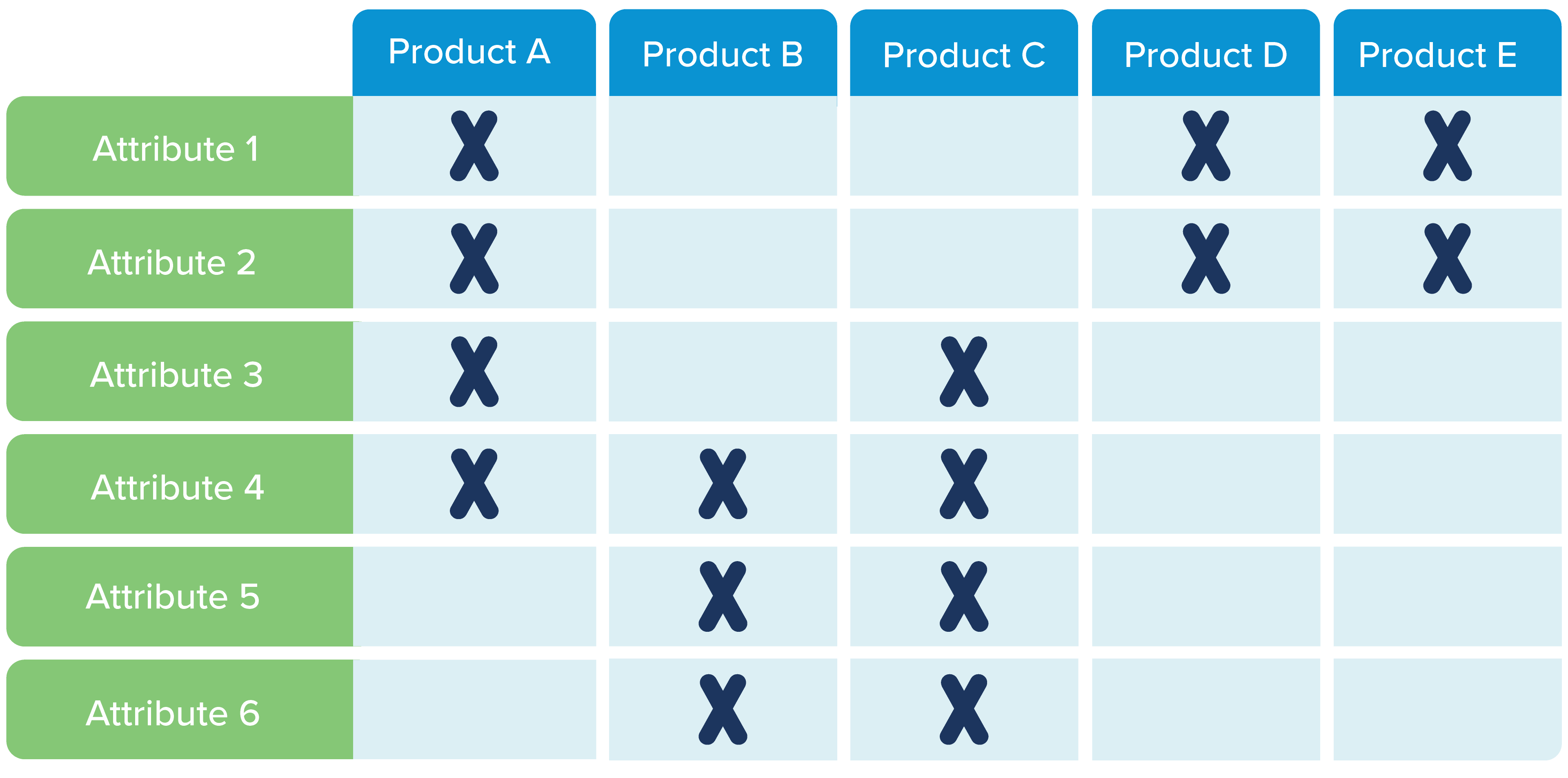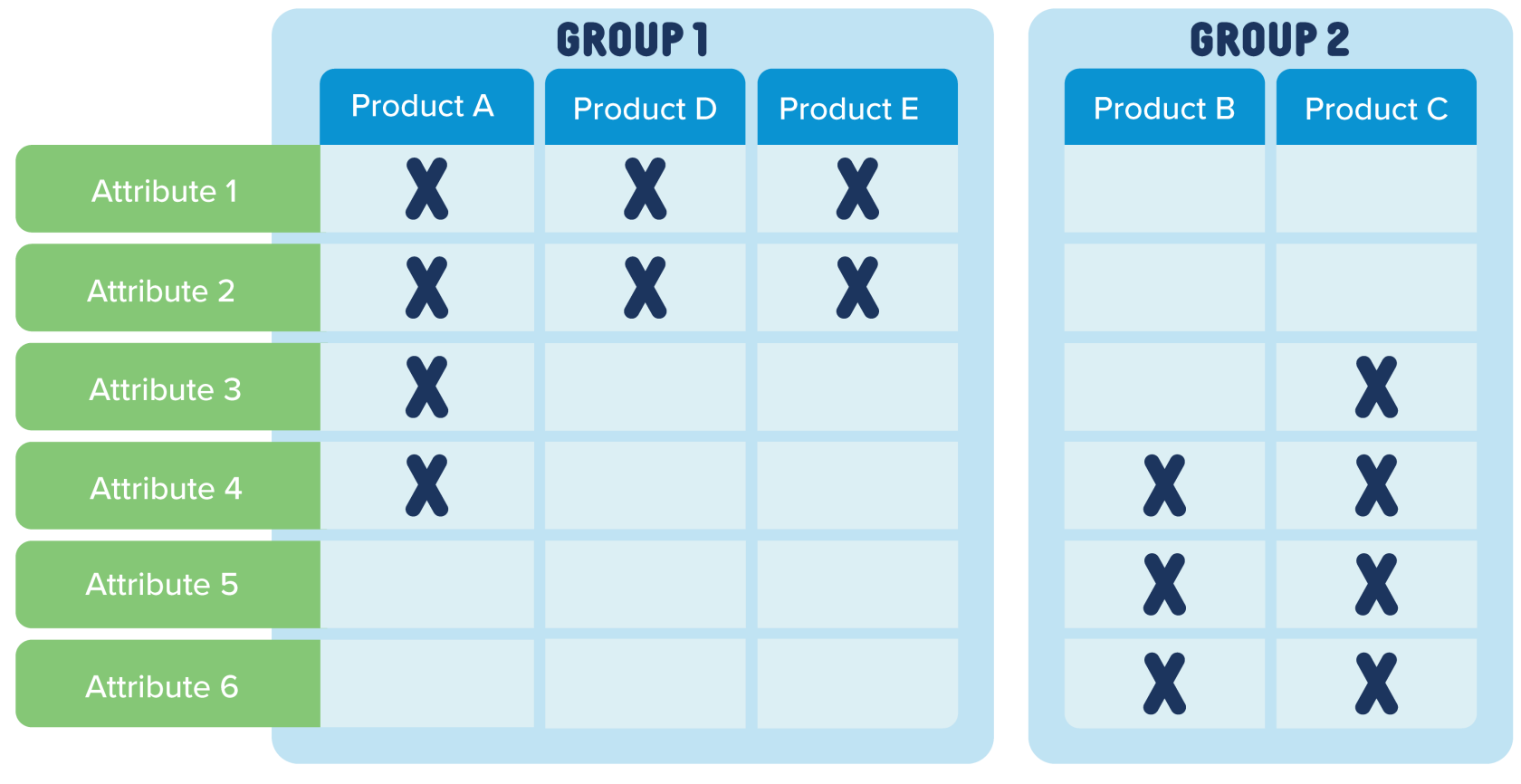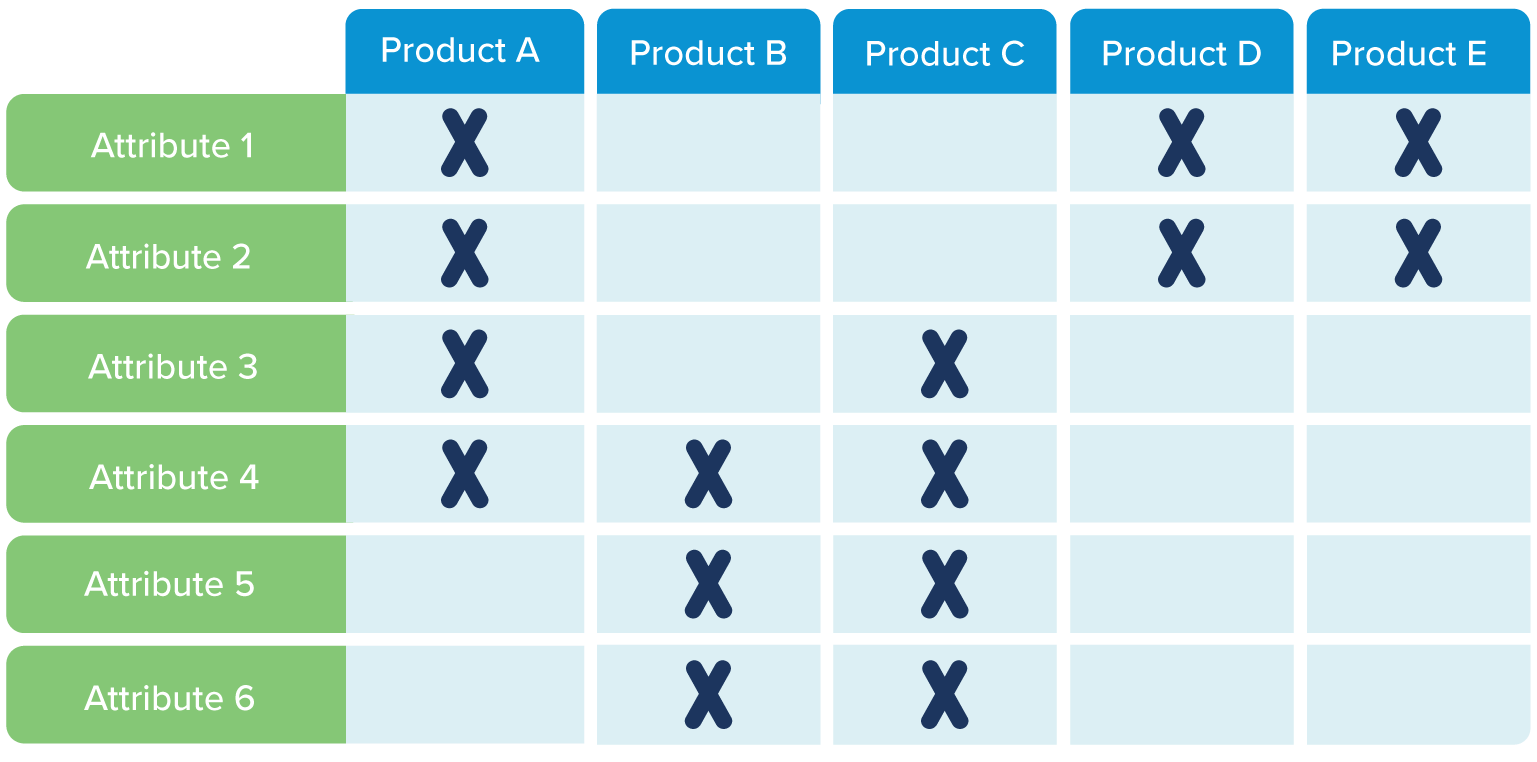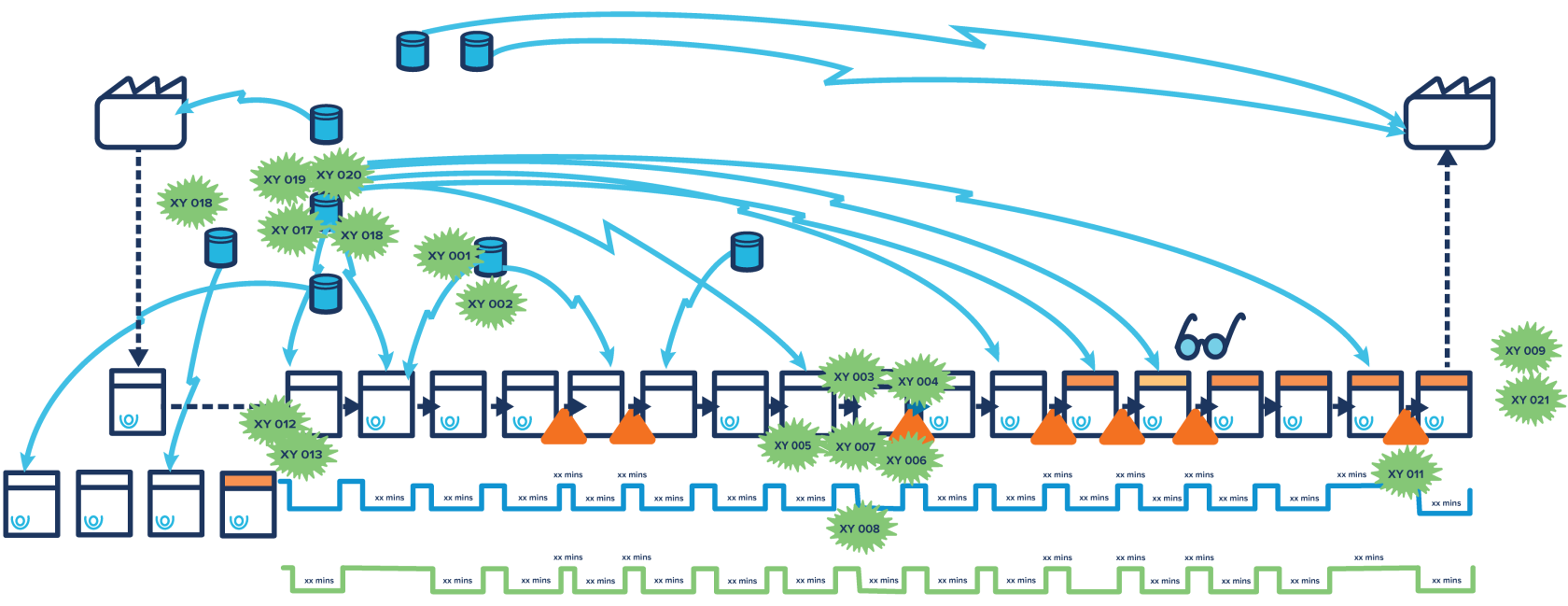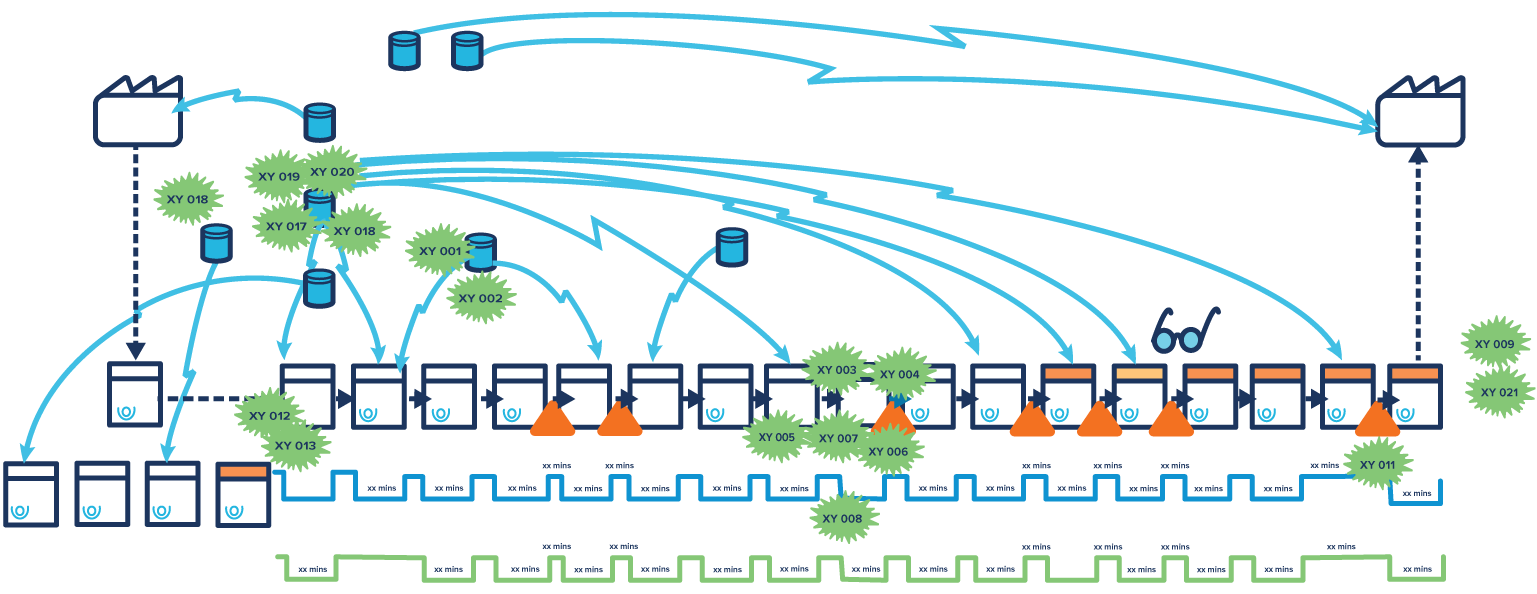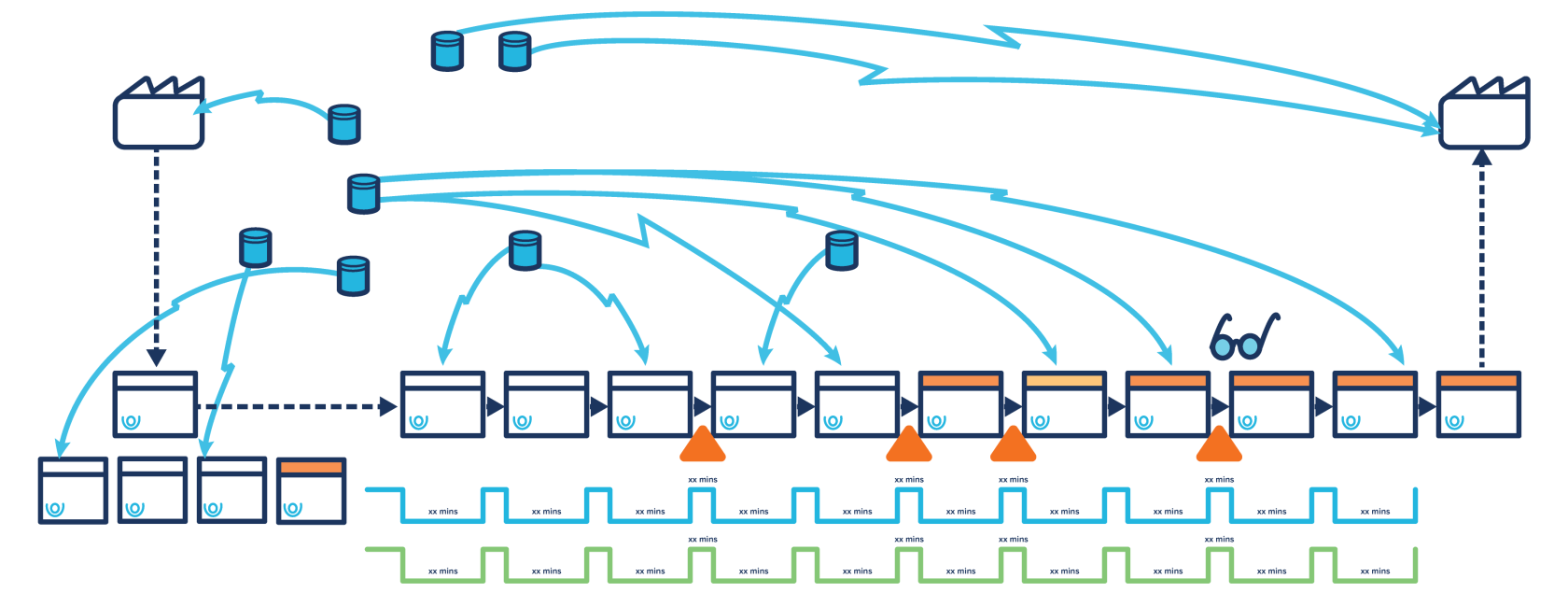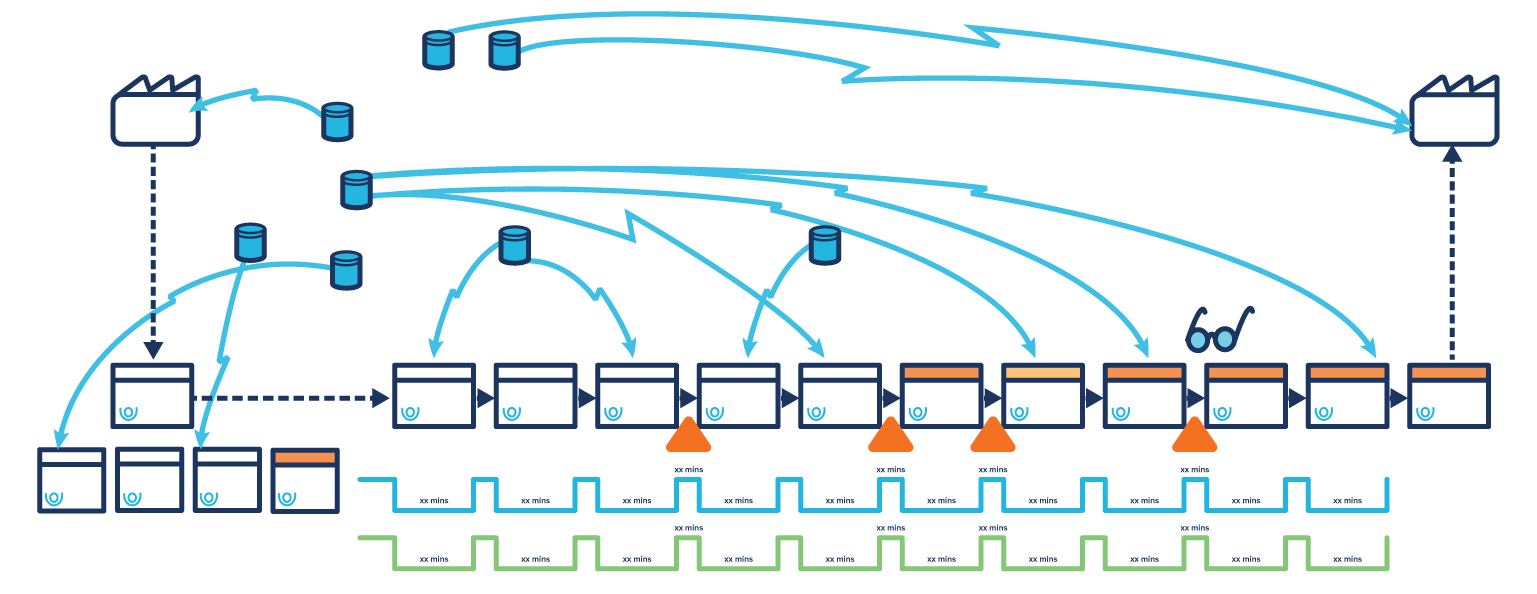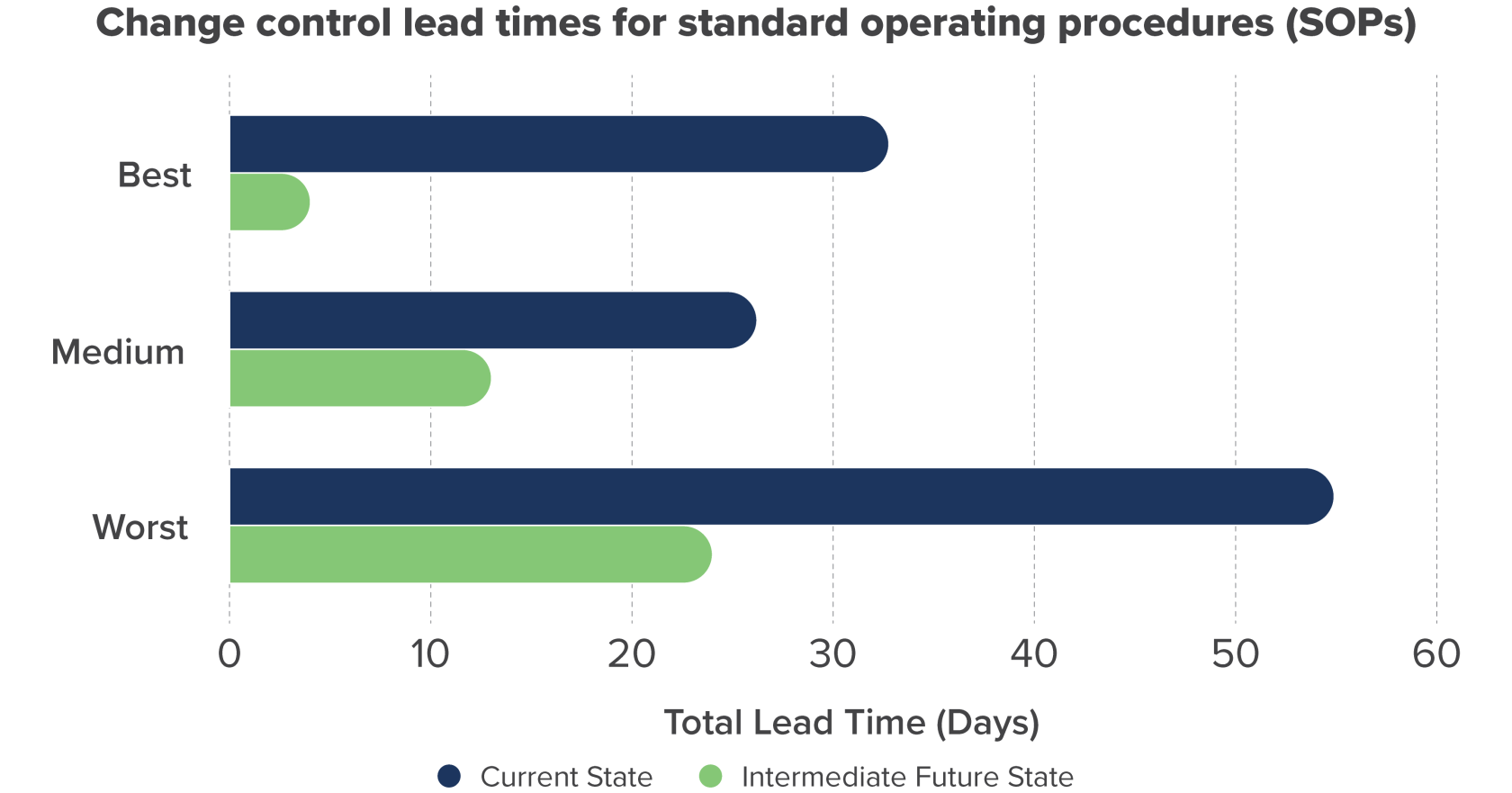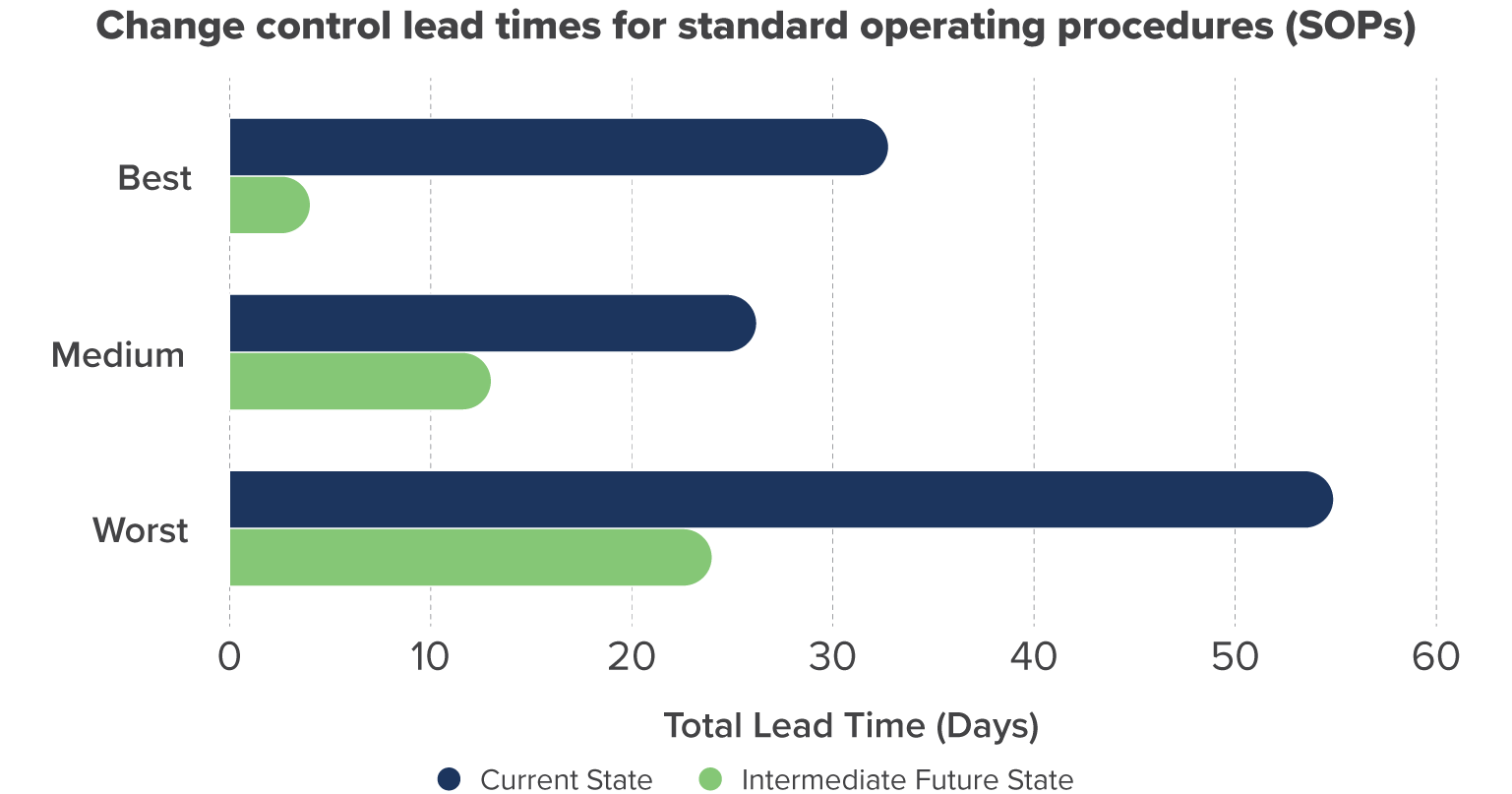The result is a roadmap leading from today’s bottlenecks and process complexities to tomorrow’s simpler, leaner, more streamlined operation.
Value stream mapping deliverables
- Current state value stream map, which depicts an existing process (such as release testing or packaging), including its unit operations and associated flow of information.
- Intermediate future state value stream map, sometimes called the “attainable” future state VSM, this shows the potential outcome of optimizing the existing process using available resources.
- Ideal future state value stream map, sometimes called the “aspirational” future state VSM, this shows what could be possible outside the constraints of time or budgetary considerations. This VSM can help manufacturers and other organizations plan their long-term capital spending and facility expansion projects.
Value stream mapping vs. process mapping: what’s the difference?
The key difference between a value stream map and a process map (or a process flow diagram) is that value stream maps help identify waste both between processes and within them. VSMs also include key details that process maps leave out, including how information is exchanged throughout the process, whether those exchanges are digital or paper-based and what types of interactions make those exchanges possible (operator-to-operator, operator-to-system, system-to-system or system-to-operator). VSMs also capture other informational elements which are especially important for manufacturers, such as overall equipment effectiveness (OEE), inventory levels, and wait times.
By layering these insights together, a value stream map gives project teams a more complete and multidimensional picture of how well their process flows (or doesn’t), where the bottlenecks are and which activities they can remove or consolidate to reduce waste and improve overall performance.
Benefits of value stream mapping
If you’ve got a process and want insights, you could benefit from value stream mapping. It’s as simple as that.
Though it’s an especially useful tool to drive efficiencies on the production floor, value stream mapping is transferable to any service area, including packaging, warehousing, quality assurance, and even administrative services. VSM helps to:
Eliminate waste
When you see a process and some of its key metrics laid out in front of you, you’re able to quickly identify opportunities to consolidate, re-assign, and remove unnecessary tasks which may otherwise hide behind “the way you’ve always done it.”
Find process bottlenecks
Where are the holdups in your manufacturing line? What would happen if you removed a redundant review process in your documentation change control procedure? Could you free up valuable time by replacing a phone call with an automated system alert? A robust value stream map can help you answer questions like these, giving you a clear view to a more optimized, streamlined operation that’s positioned for commercial success.
Improve standardization
When the same process is done differently by different operators or at different sites, it impedes the whole operation’s overall performance and prevents you from sharing costly resources, streamlining training processes, and ensuring the reliability of results. The value stream mapping process can help you identify these differences and replace them with streamlined, standardized solutions.
Empower your team
Like all lean tools and processes, the principle behind value stream mapping is all about listening to your team, particularly front-line operators in the case of a manufacturing facility, and trusting them to help you identify small improvements that ladder up to significant time and cost savings over the life of your operation.


